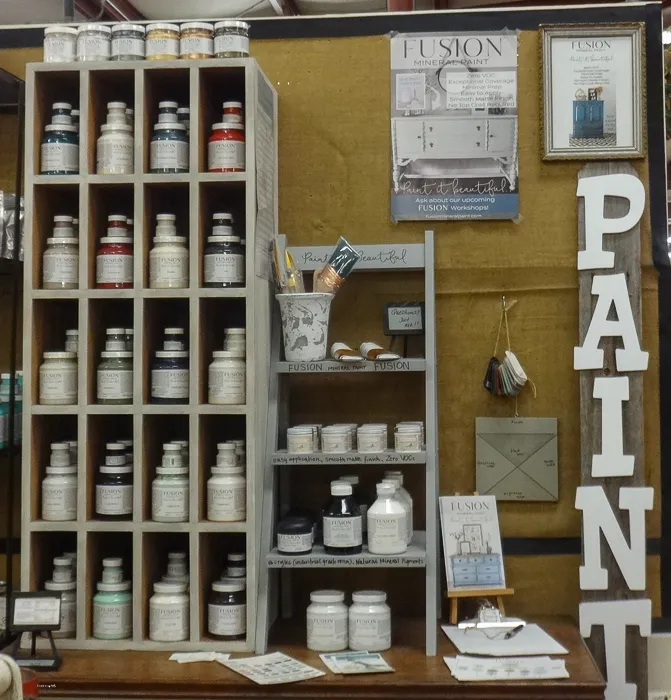The 7 Essentials of Diecast Restoration Supplies
Restoring diecast models is a rewarding hobby that brings classic cars and cherished toys back to life. To embark on this journey, you’ll need a selection of essential diecast restoration supplies. From prepping surfaces to applying the final clear coat, having the right tools and materials is crucial for achieving professional-looking results. This guide highlights the top 7 essential diecast restoration supplies, ensuring you have everything you need to breathe new life into your vintage models. Remember that the quality of your supplies directly impacts the final outcome, so choosing wisely is paramount. Investing in good supplies will pay off in the long run, giving you the best chance of success and a beautiful finished model. These supplies will provide the foundation for a successful restoration project.
Surface Preparation Supplies
Surface preparation is the cornerstone of any successful diecast restoration. Without proper preparation, paint will not adhere correctly, and any imperfections will become glaringly obvious. This stage involves removing old paint, rust, and any other contaminants. This is where you’ll lay the groundwork for a flawless finish. Thorough cleaning and preparing the surface is an important step for any restoration project. Properly preparing the surface ensures that the new paint will adhere properly, providing a durable and long-lasting finish. Neglecting this step will often lead to a poor finish and require you to redo the process. Make sure to have a well-ventilated workspace for all restoration work.
Abrasives
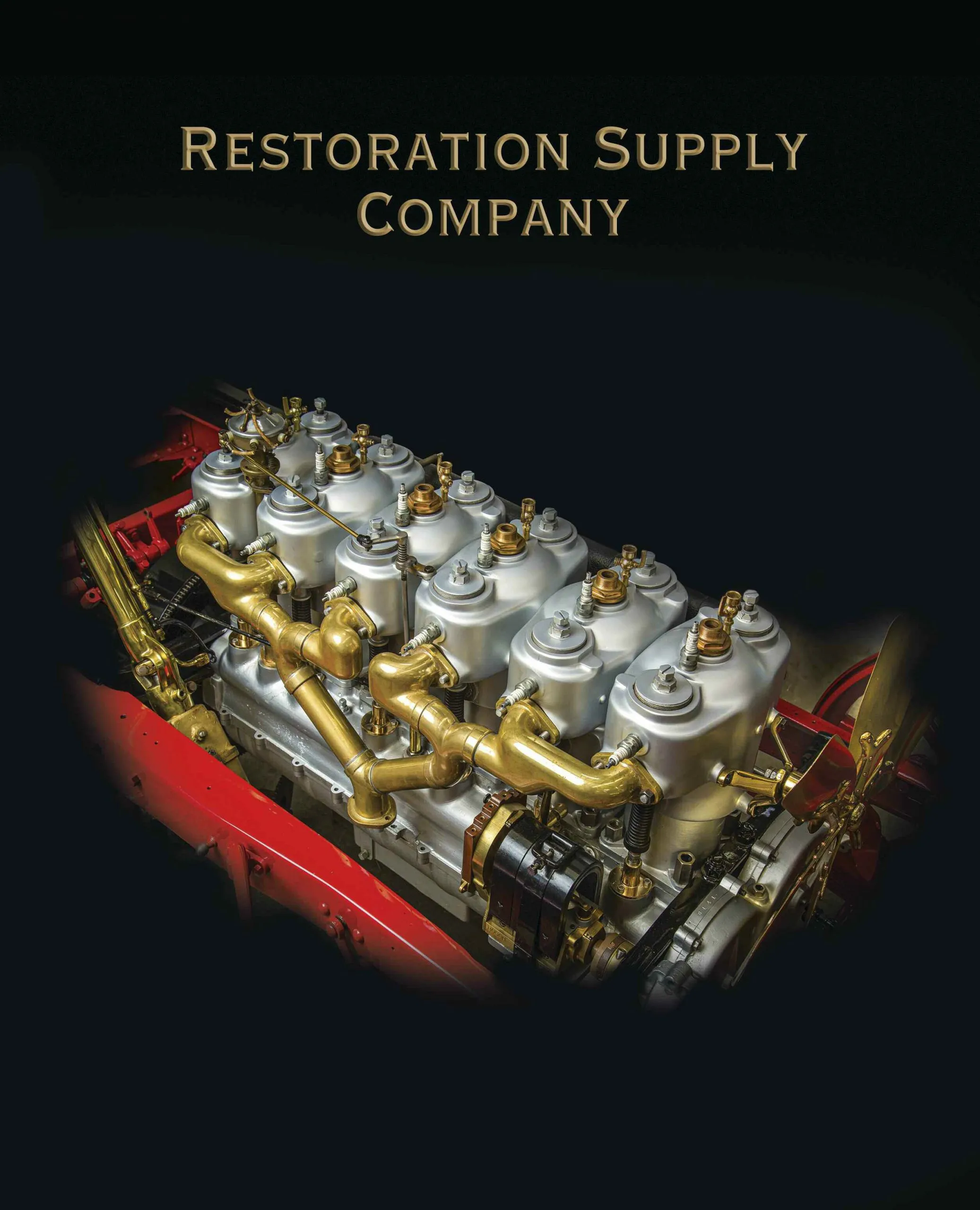
Abrasives, such as sandpaper and sanding sticks, are essential for removing old paint, smoothing surfaces, and preparing the metal for primer. A variety of grits are needed, from coarse grits for removing heavy paint layers and rust to finer grits for smoothing and polishing. Wet sanding, using water with your sandpaper, can help to reduce scratches and create a smoother surface. Choosing the correct grit and using it properly will make the process much easier, allowing for a perfect finish. Investing in a good selection of abrasives can save time and effort during the restoration process. Consider a set of different grits to handle any type of surface condition.
Cleaning Solutions
Before any sanding or painting, cleaning the diecast model is crucial. Cleaning solutions remove grease, oil, and other contaminants that can interfere with paint adhesion. Isopropyl alcohol or specialized degreasers are commonly used for this purpose. Ensure that the model is completely dry before moving to the next step. Cleaning solutions are particularly helpful if you are working with a model that has been stored for a long time or has accumulated dirt and grime over the years. Removing these contaminants will lead to a better outcome with the final paint finish. Be sure to follow the product instructions for safe and effective cleaning.
Paint Strippers
When dealing with stubborn paint layers, paint strippers can be a lifesaver. These chemical solutions effectively dissolve old paint, making it easy to remove without damaging the underlying metal. However, always use paint strippers in a well-ventilated area and wear appropriate safety gear. Paint strippers can be applied by brush or immersion, following the manufacturer’s instructions. Using paint strippers properly is important to avoid damage to the diecast model, ensuring the metal remains in good condition. Consider using this approach if you have many layers of old paint that you want to remove quickly.
Painting Supplies
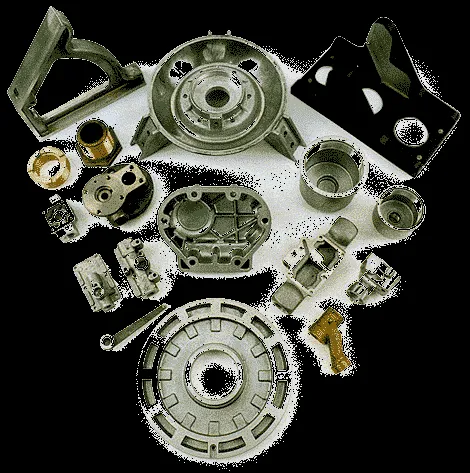
Once the surface is prepared, the painting stage begins. This involves applying primer, color coats, and a clear coat to protect and enhance the finish. High-quality paints and application tools are essential for achieving a professional look. This is where you will see your model take shape with color and a new appearance. Choosing the right paint and application method is essential to ensure the best result, so that the model will have a long-lasting finish. This stage requires patience and care, as each layer must be applied evenly and allowed to dry properly before the next is applied. This process takes time and patience to ensure that it is done right.
Primer
Primer is a foundational layer that serves several purposes. It provides a uniform surface for the color coat to adhere to, enhances paint adhesion, and helps to prevent rust. Choose a primer specifically designed for metal and apply it in thin, even coats. Primer is an important layer to help with providing a good finish, and ensures that the other paint layers will adhere well to the metal surface. Primer also helps to create a consistent base for the final color, ensuring that it looks its best. Using a high-quality primer can significantly improve the overall appearance of your restoration project.
Paints
The color coat is the heart of the restoration process. Acrylic lacquers or enamels are popular choices for diecast models. These paints come in a wide range of colors and finishes. Always apply multiple thin coats rather than one thick coat to avoid runs and drips. Using the right paint and following the application instructions is important for a successful project. The quality of the paint can dramatically impact the final look of the model. Many collectors and restorers carefully research the right paints to match the original colors of their models. Careful application and patience are key to achieving a perfect paint finish.
Clear Coats
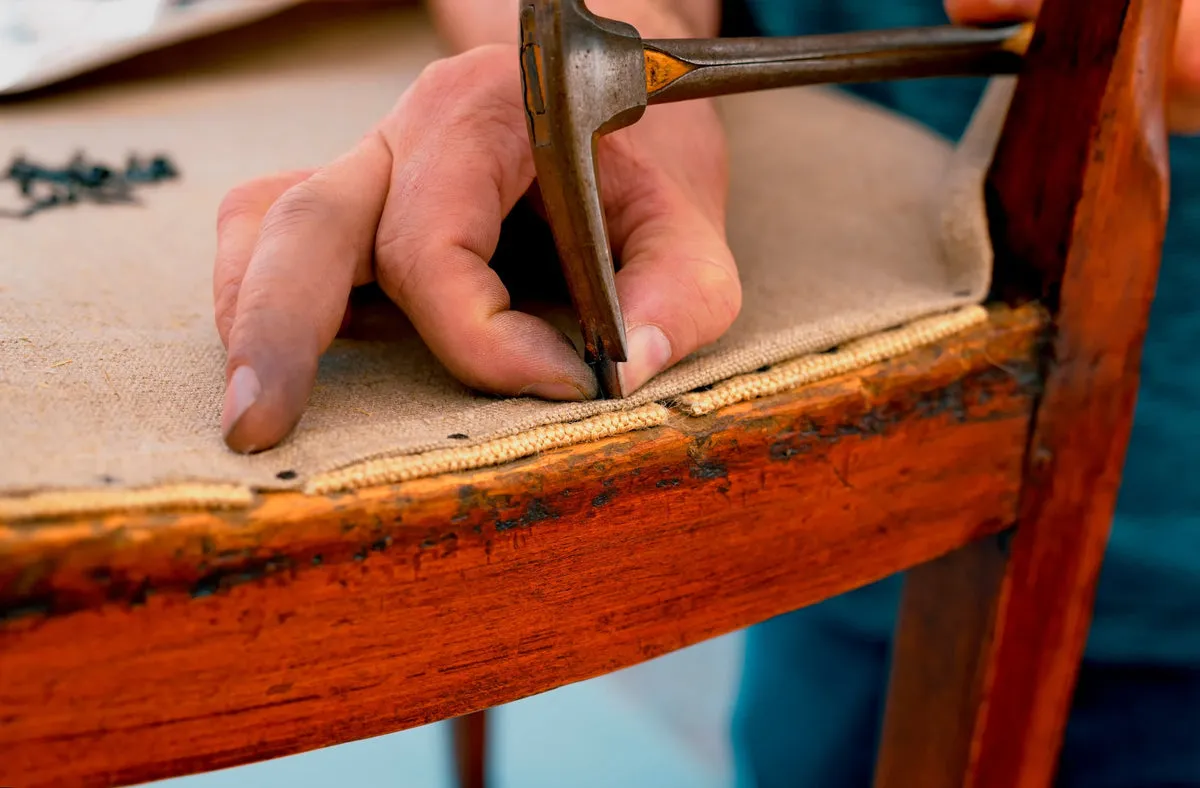
A clear coat provides a protective layer over the color coat, adding shine and durability. It also protects the paint from scratches, UV damage, and other environmental factors. A high-quality clear coat can give your model a professional finish. Apply the clear coat in thin, even coats and allow it to cure properly. The clear coat not only enhances the appearance of the model but also provides protection for the painted surface. It is the final step in the painting process and is important to protect the model’s finish and ensure that your restoration work lasts for many years. A properly applied clear coat is the difference between a good restoration and a great one.
Detailing Supplies
Detailing is the process of adding the finishing touches to your restored model. This involves fine detailing to add realism and a professional look. Detailing work often includes small elements like painting trim, adding decals, and cleaning up any imperfections. This part of the process requires attention to detail and patience to bring the model to its final form. The right detailing supplies and techniques can elevate your model from good to exceptional. Pay attention to the small details, as they often make the biggest difference in the final appearance.
Masking Tape
Masking tape is crucial for protecting areas of the model that shouldn’t be painted. It allows you to create clean lines and separate different colors. High-quality masking tape is essential to prevent paint bleed and ensure crisp edges. Masking tape comes in many varieties and widths. Selecting the right tape for the job will allow you to create a perfect finish. Masking tape is used in various applications, such as providing a straight edge when painting and providing a clean separation when using different colors. Choosing the right masking tape will allow for clean separation when using different colors on your model.
Detailing Brushes
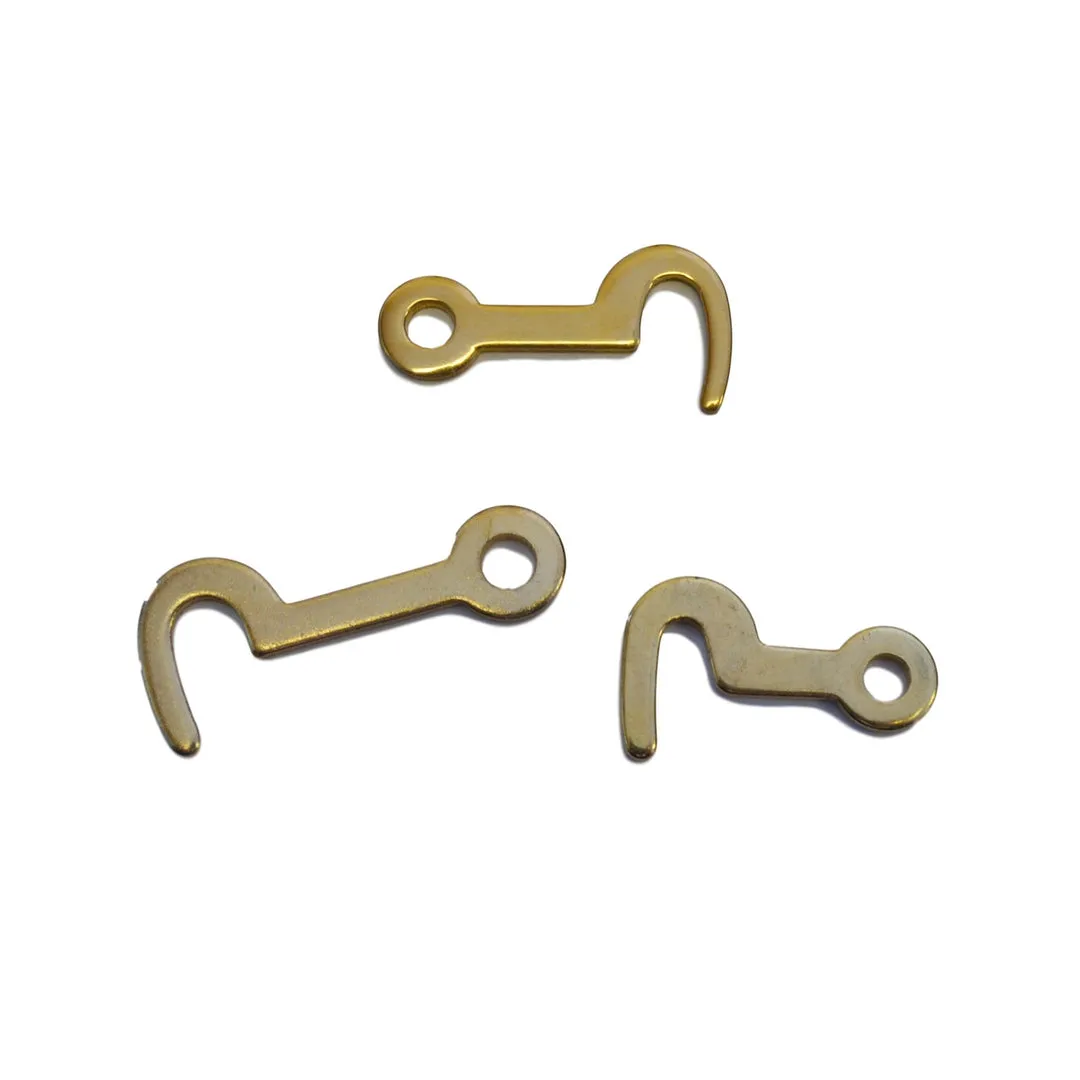
Detailing brushes are small, fine-tipped brushes used for applying paint to small areas and adding intricate details. Choose a variety of sizes to handle different tasks. Use these brushes to paint small trim pieces, add highlights, and apply details. Detailing brushes allow for precision application when painting small areas, helping to create a realistic and professional look. They are particularly useful for applying paint to areas that are difficult to access with a larger brush. The right detailing brush can make a big difference in the level of detail you achieve.
Decals and Transfers
Decals and transfers add authenticity to your model by replicating original markings, logos, and details. They come in various forms, including waterslide decals, dry transfers, and self-adhesive stickers. When applying decals, use decal setting solutions to soften the decal and help it conform to the surface. Decals and transfers are the finishing touches that add authenticity to your model. They can bring a restored model to life. Take care when applying the decals, as they can easily be damaged if you are not careful. These elements provide the final details that are key to a successful restoration project.
Restoration Tools
Beyond the supplies, a range of tools will help you with your diecast restoration project. These tools are critical to completing many of the steps in the process. Having a well-stocked toolbox with the right tools will make the restoration project easier and more enjoyable. These tools are essential for disassembly, preparation, and reassembly. You will find that many of these tools will save you time and frustration. As you become more proficient in restoration projects, you may wish to add specialized tools to your collection. These tools are essential to a successful restoration project and for your hobby.
Screwdrivers
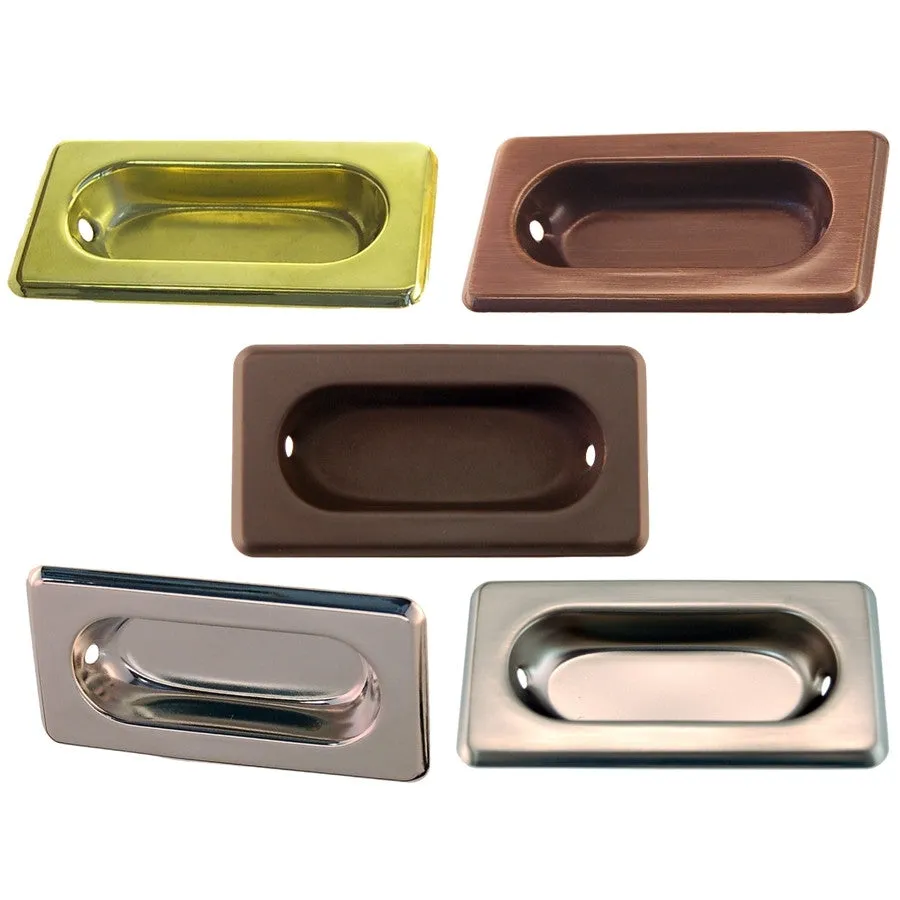
A set of small screwdrivers is necessary for disassembling and reassembling diecast models. You’ll need both Phillips head and flathead screwdrivers in various sizes. Choosing the right size screwdriver for each screw will prevent stripping the screw heads and damaging your model. Many diecast models are held together with small screws, and having the right tools will help prevent stripping the screw heads. Make sure to have a good set of screwdrivers in a variety of sizes to handle any screw you might encounter.
Tweezers
Tweezers are indispensable for handling small parts, such as decals, trim pieces, and tiny screws. Choose a pair with fine, pointed tips for precision. These are useful when handling tiny parts during disassembly, reassembly, and detailing. High-quality tweezers with fine tips are essential when working with small parts, making your job much easier. They are also helpful when removing or placing tiny details on the model. A good pair of tweezers can be a lifesaver when working on detailed diecast models.
Magnifying Glass
A magnifying glass helps you see small details and imperfections. It allows you to work with precision and ensure a high-quality finish. This tool is particularly useful when working with tiny parts or intricate details. A magnifying glass or a head-mounted magnifier is very helpful for examining details and for close-up work. A magnifying glass is an essential tool when completing detailed work during the restoration process. It can help in the final stage, when adding details and decals.
Safety Gear
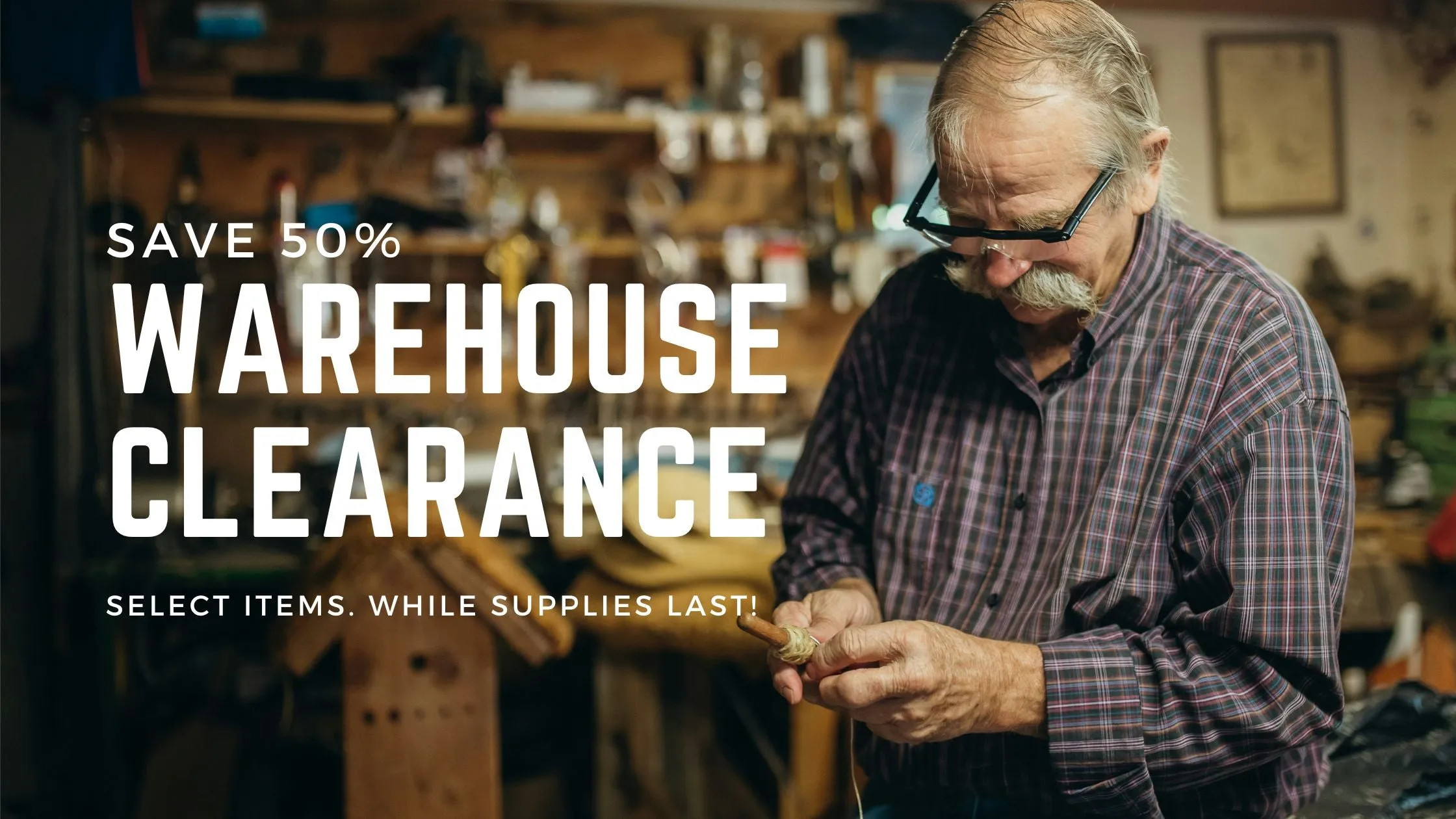
Safety should always be a top priority when working with restoration supplies. This is especially true when working with paints, solvents, and other chemicals. Take the necessary steps to protect your health and safety. Providing the right safety equipment is essential when working with potentially harmful substances. Always work in a well-ventilated area and take appropriate precautions. The use of safety gear is critical to protecting yourself during the restoration process.
Gloves
Gloves protect your hands from chemicals, paint, and solvents. Nitrile gloves are a good choice because they are resistant to many chemicals. Proper hand protection is vital when working with various restoration supplies. Gloves will prevent your hands from coming into contact with harmful chemicals. When choosing gloves, consider the type of chemicals that you are working with and choose accordingly. Using gloves will improve your safety and make cleanup much easier.
Respirator
A respirator is essential for protecting your lungs from harmful fumes and paint particles. Choose a respirator with the appropriate filters for the materials you are using. Respiratory protection is critical when working with paints and solvents. Fumes and particles can be hazardous, so always use a respirator in a well-ventilated space. When working with any kind of spray paint or solvents, a respirator will help to avoid any respiratory complications. A well-fitting respirator can prevent health problems and allow you to continue with the restoration projects.
Eye Protection
Eye protection is important to protect your eyes from paint, debris, and chemicals. Safety glasses or goggles are recommended. Always wear eye protection when sanding, painting, or using any tools that could cause particles or chemicals to splash into your eyes. When working with any type of chemicals or tools, eye protection will provide protection for your vision. Be sure to use safety glasses or goggles to protect your eyes during the restoration process.
